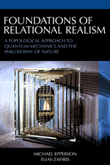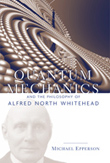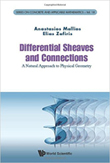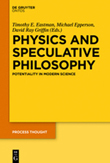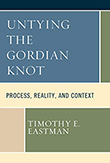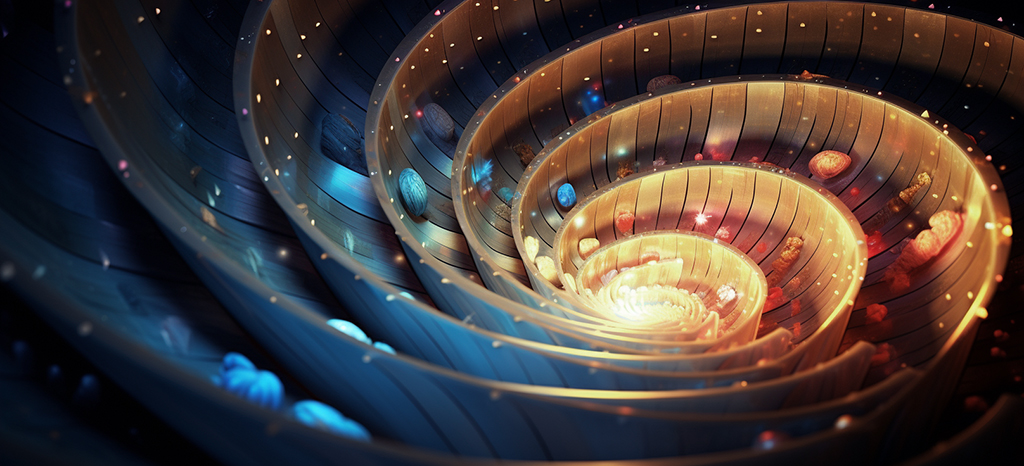project description
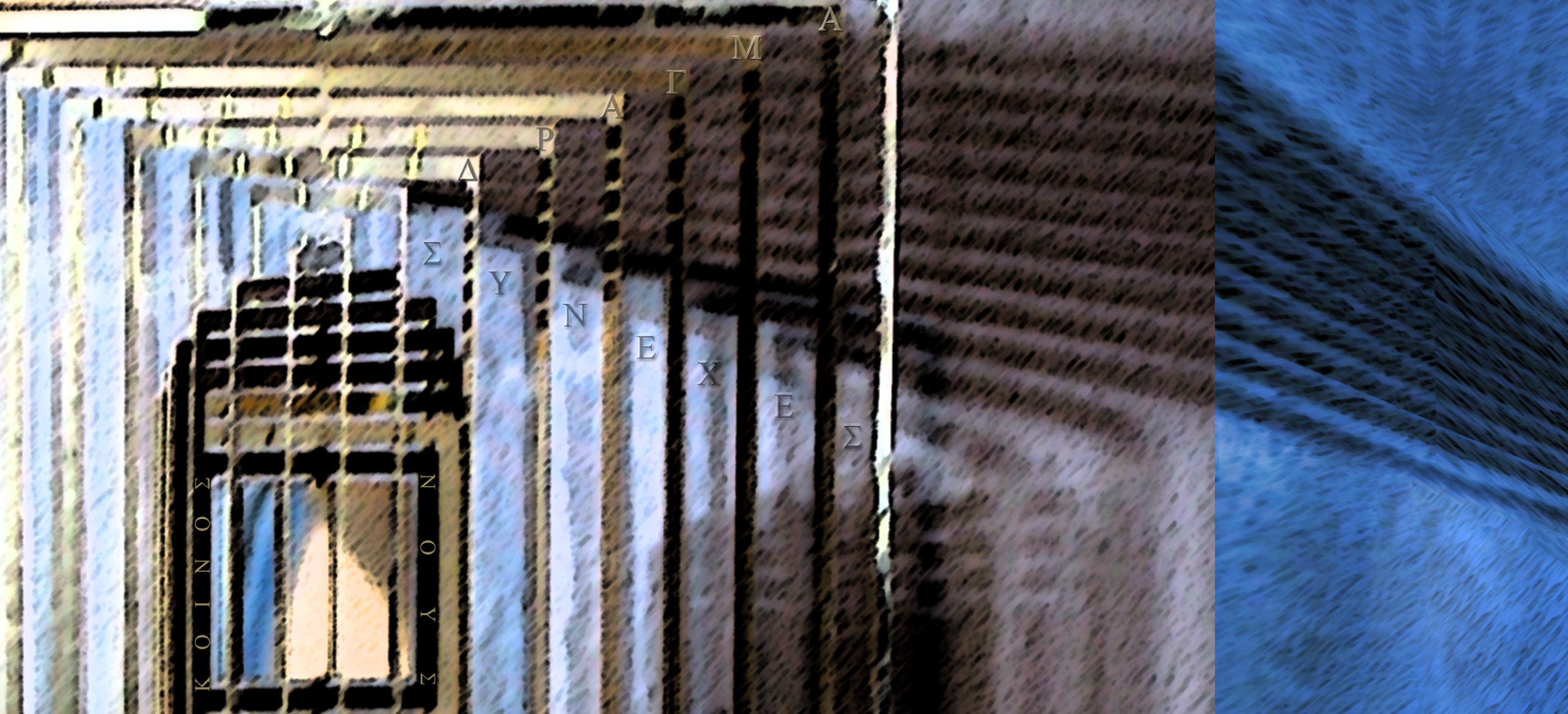
Principal Investigator: Michael Epperson. Co-Investigators: Elias Zafiris, Senior Research Fellow in Theoretical and Mathematical Physics, University of Athens; Stuart Kauffman, Research Professor, Complex Systems Center, University of Vermont; Timothy Eastman, NASA-Goddard; Phillip Stamp, Professor of Physics, University of British Columbia; Karim Bschir, Swiss Federal Institute of Technology. Consultants: David Finkelstein, Professor Emeritus of Physics, Georgia Institute of Technology; Roland Omnès, Laboratoire de Physique Théorique Université de Paris XI, (Unité Mixte de Recherche, CNRS). Supported by a grant from the Fetzer-Franklin Fund (Grant D21C62)
SUMMARY
This project presents a sheaf-theoretic, mereotopological formalization of quantum mechanics and applies this framework to two fundamental challenges: [1] the understanding of non-dissipative decoherence, and [2] the coherent relationship of quantum mechanics and the General Theory of Relativity.
Non-Dissipative Decoherence
The quantum mechanics of large systems and related decoherence phenomena are crucial to current groundbreaking efforts in quantum information theory, quantum computing, and the relation of these to complex systems theory, where ‘classical reality’ is modeled as emergent from a more fundamental quantum mechanical description of nature. In recent well-regarded interpretations of quantum physics that explore various mechanisms of phase decoherence, including the consistent histories approach of Robert Griffiths (1984, 2002) and the work of Roland Omnès (1994), one finds a physical—i.e., not ‘merely philosophical’—distinction between the order of contingent causal relation and the order of necessary logical implication. Of particular import are recent experiments on precessional decoherence in spin bath dynamics which, unlike oscillator bath and other environmental decoherence models, entails no energy transfer between the bath and the measured system. Thus the conventional description of decoherence-generating system-environment interactions, via an effective Hamiltonian, is arguably incomplete. That is to say, non-dissipative decoherence cannot be simply reduced to the dynamics of efficient physical causality—the framework environmental decoherence has typically been fitted to. In this sense, non-dissipative decoherence can be seen as exemplifying the concept of ‘logical conditioning of potentia’ in the relational realist interpretation of quantum mechanics [3], and supportive of that interpretation’s argument against the conventional presupposition of physical causal closure.
The experimental component of this project by which we explored these aspects of non-dissipative decoherence culminated in the publication of Stamp, P., Takahashi, S. et al. “Decoherence in crystals of quantum molecular magnets.” Nature 476.7358 (2011): 76-79. This paper by Co-I Philip Stamp, Professor, Condensed Matter Theory, Department of Physics, University of British Columbia, was a follow-up to recent work by S. Bertaina, B. Barbara, et al. (“Quantum Oscillations in a Molecular Magnet,” Nature, 453, 8 May 2008. See also, Stamp’s discussion of this experiment on page 167 of the same issue.)
Moreover the decoherent histories formalism, in its path-integral form, provides a spacetime formulation of quantum theory that is highly compatible with the mereotopological model of spatiotemporal extension proposed by Alfred North Whitehead. This implies the possibility of logically-causally relating and defining probabilities for alternative potential spatiotemporal regions, whereas conventional quantum theory only permits the calculation of probabilities for alternative outcome states at definite moments of time.
In our project's captstone volume, Foundations of Relational Realism: A Topological Approach to Quantum Mechanics and the Philosophy of Nature (Lexington Books / Rowman & Littlefield, New York, 2013) we present a sheaf-theoretic topological formalism for quantum mechanics that generalizes the concept of non-dissipative intrinsic decoherence and quantum nonlocality (nonlocal logical causality) at the micro-scale, and explore important implications for the understanding of spacetime at the macro-scale—namely the possibility of constructing a quantum mereotopological spacetime formalism that refines and expands the model proposed by Whitehead. Such a formalism promises a novel approach to the problem of quantum gravity, understanding classical mechanics as emergent from quantum mechanics, and the formation of emergent complex adaptive systems given in the work of Co-I Stuart Kauffman.
A Quantum Topological Approach to Spacetime
The macro-scale (spatiotemporal, cosmological) implications of these explorations of decoherence at the micro-scale are being examined by way of a Whiteheadian/Relational Realist interpretation of the decoherent histories QM formalism (cf. Epperson, 2004, and Epperson and Zafiris 2013). Again, the decoherent histories formalism allows for a spacetime formulation of quantum theory that is highly compatible with the mereotopological model of spatiotemporal extension proposed by Whitehead--a set-theoretic model that we have refined via the mathematics of Grothendieck topology and category/sheaf theory. This is crucial because the mathematical rigidity of the Hilbert space (as a topological vector space) does not allow a relativization analogous with the one of classical relativity theory on smooth manifolds. By contrast, the mereotopological/category-theoretic reformulation of quantum logic in terms of Boolean localization systems presented in our project capstone volume Foundations of Relational Realism achieves precisely this objective by generalizing the smooth manifold construction in generic algebraic/categorical terms.
This makes it possible to formulate a framework of local/global or part/whole relations without the intervention of a spacetime classically conceived. On the contrary, the usual spacetime manifold and its metrical relations (imposing extra conditions like the light-cone causality relations) appear as emergent at a higher level than the more fundamental level of logical and algebraic part-whole relations. Epperson’s distinction between a) mereological/topological/logical relations, and b) physical/metrical/causal relations, is reflected precisely in Zafiris’ distinction between these two different levels--the algebraic part-whole relations and the metrical spacetime relations, respectively--where the latter can be seen as an emergent/metrical specialization of the former. One of the key issues we explore, then, is the problem of localization and the problem of passing from the local to the global in an extensive continuum.
As an implementation of the sheaf theoretic framework formalized in our project capstone volume Foundations of Relational Realism, these two project papers by Co-I Elias Zafiris demonstrate that the dynamical mechanism of physical fields can indeed be formulated by purely algebraic means, in terms of the homological Kähler-De Rham differential schema, constructed by connection inducing functors and their associated curvatures, independently of any background substratum.
In these papers, the authors demonstrate explicitly that the application of this mechanism in General Relativity, instantiating the case of gravitational dynamics, is related with the absolute representability of the theory in the field of real numbers, a byproduct of which is the fixed background manifold construct of this theory. Furthermore, the background independence of the homological differential mechanism is of particular importance for the formulation of dynamics in quantum theory, where the adherence to a fixed manifold substratum is problematic due to singularities or other topological defects.
